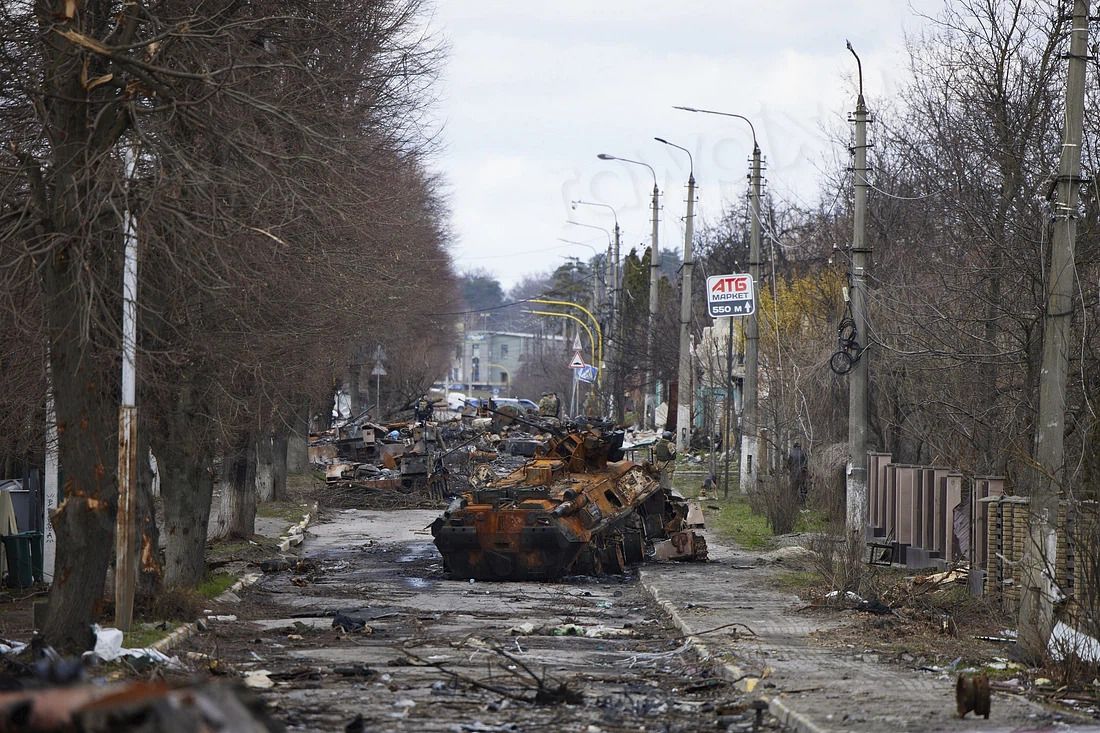Toxic amounts of contaminants such as industrial chlorinated chemicals and mercury have been found in the blubber of European bottlenose dolphin populations. In biopsy samples of both blubber and skin from 82 individual English Channel dolphins, the researchers found that the “concentrations are among the highest reported for cetaceans”.
Most organochlorinated contaminants, the study says, were banned throughout most of Europe in the 1970s and 80s. However, their chemical properties are persistent in nature, and unfortunately for the dolphins as well as other sea creatures, are well suited for long-range transport and inundation in water, air, and biota including the study says, the deepest ocean dwellers.
The dolphin populations of the Normanno-Breton Gulf, off the coast of France in the English Channel, were used as the case group. Approximately 420 bottlenose dolphins make their home in these notoriously rough waters, exceeding by at least 100 any other coastal community of the charismatic aquatic mammals in Europe.
The Stockholm Convention, labels many of the chemicals tested for in the dolphins, such as mercury and polychlorinated biphenyls as persistent organic pollutants (POPs) because of their toxicity, lipophilic properties and widespread global distribution.
The Stockholm Convention on Persistent Organic Pollutants is “a global treaty to protect human health and the environment from chemicals that remain intact in the environment for long periods, become widely distributed geographically, accumulate in the fatty tissue of humans and wildlife, and have harmful impacts on human health or on the environment,” states their website.
Dolphins and other marine mammals are particularly susceptible to the dangers of POPs because of the high lipid content in their bodies that make up their layers of blubber. Blubber helps protect dolphins, whales, sea lions, and other marine mammals from the cold waters of their environment.
Because the Normanno-Breton Gulf population of bottlenose dolphins is the largest in Europe, the authors strongly suggest creating a special conservation area there, since all of the POPs tested for appeared in the lipid layers of the dolphins in detectable amounts.
In perspective, previous toxicology reports on dolphins living elsewhere on the French coast came up with a mean presence of POPs 4 times lower than that of the population sampled in the NormannoBreton Gulf


